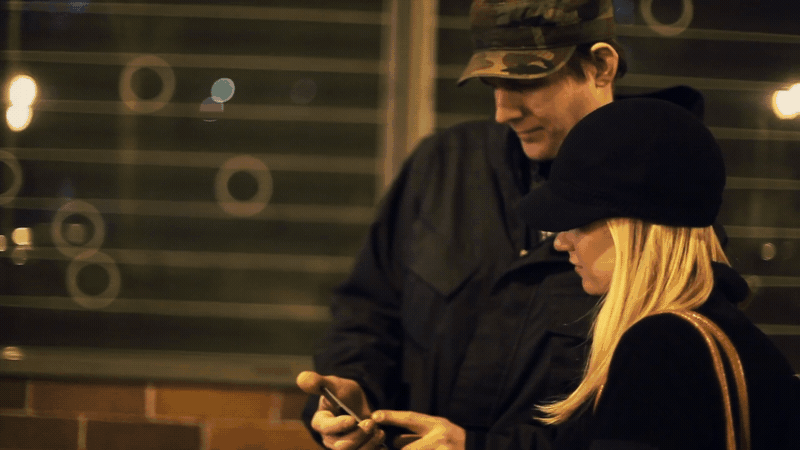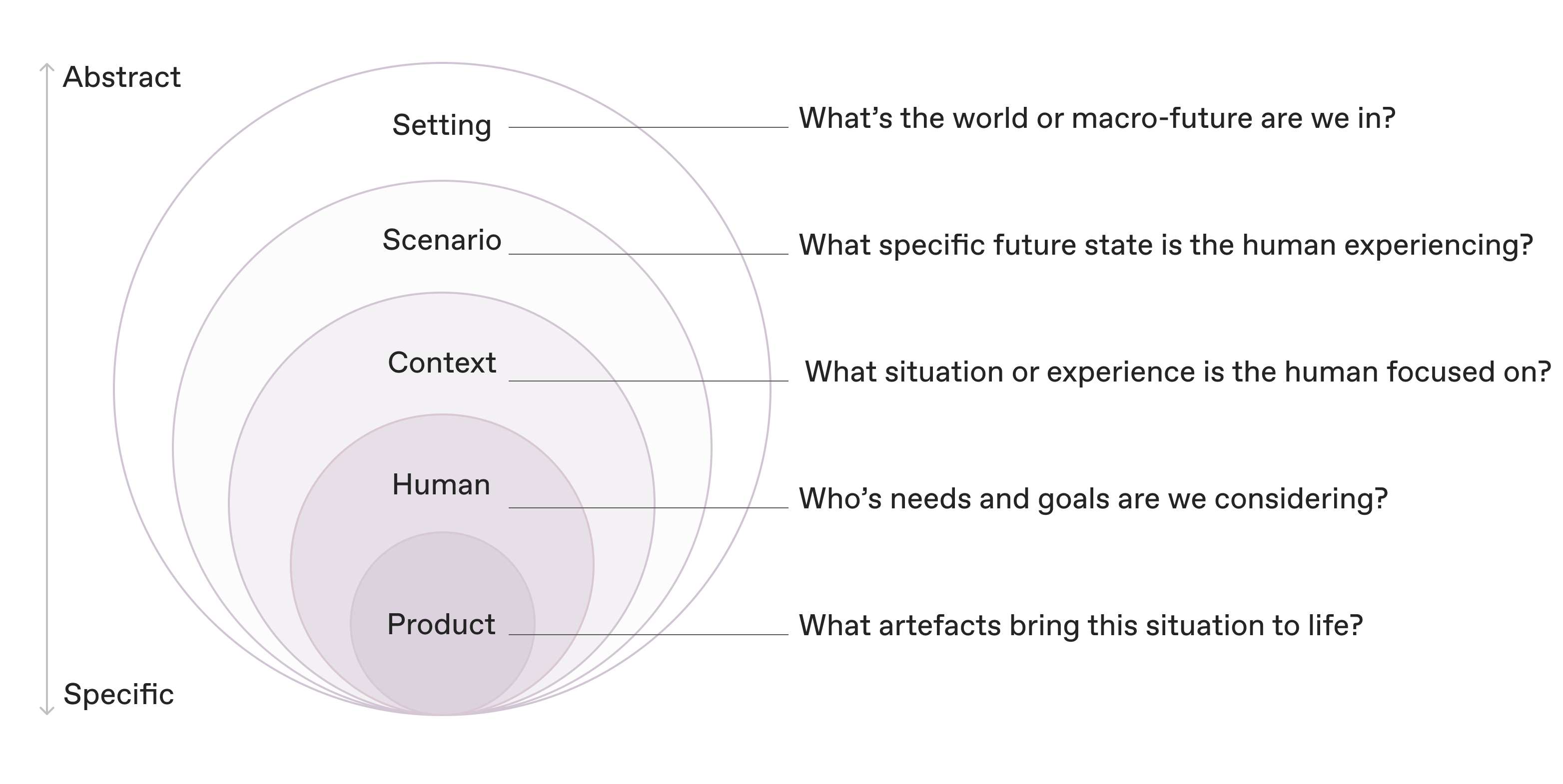Process︎
January 2022 • 10 min readGreat products feel great because they are the right solutions. They meet our needs, support our goals and sometimes exceed our expectations. Product teams need a way to step back to arrive at the right solutions and in order to do that, they need robust methods to empathize with people. This brings us to the Story –
Great products feel great because they are the right solutions. They meet our needs, support our goals and sometimes exceed our expectations. Product teams need a way to step back to arrive at the right solutions and in order to do that, they need robust methods to empathize with people. This brings us to the Story –
A narrative, either true or fictitious designed to interest, amuse, or instruct the hearer or reader.
Human Stories can unlock the empathy required to build great products. The craft of storytelling offers a way for us to create empathy by experiencing our solutions first-hand within the context of daily life. Stories help us feel what life could be like with a new solution. Stories can challenge our point of view and help us re-evaluate where to invest time and re-direct energy to get the right solution. Ultimately, they can be an outlet for us to promote change.
There are three primary tools to define the story – Goal, Journey and Lenses. Defining the Human Goal is key to ensuring the product experience is meeting needs and acts as the ground-truth for outlining the Human Journey. The Journey can have several permeations through its system, but outlines a sequence of user tasks to accomplish their goal.


Let’s break down the lenses of the story worth considering. Depending on the desired outcome or feeling, it may be best to emphasize certain lenses or combinations thereof.
Human Stories come in many forms – e.g. writing, verbal narration, illustration and film to name a few. Let’s take film as an example. By undergoing the process for writing the journey, thinking through the interactions and acting it out – the creator is forced to live the experience by empathizing directly with the human using their product.



Film can also act as a way to invent cheaply. Here is a series of films that helped us feel new Google AI experiences with our understanding of emerging technologies. With concept evaluation research, the films helped the product team gain understanding which concepts would most support human goals. Ultimately, they were critical in deciding which experiences to build and what type of technology investments to make. The output led to the incubation of the most celebrated features for the Google Phone (e.g. Google Lens, Now Playing, Motion Sense, Live Translate).



As we broaden from features to multi-screen platforms with sequential experience touchpoints, we find ourselves needing to think about how to get the seams to feel right in the product. Here is a case study for new experiences at Microsoft , which leverages storytelling and film to illustrate how two users goals are met through a concerted ecosystem of devices. In this scenario, Sara is a busy young professional who’s goal is to feel connected with family – so trip planning is at the top of her to-do list.



In this film, technology recedes in the background to augment Sara’s goal. The film showcased a new design system for incubated experiences that addressed unmet needs. The products support her journey and share context as she moves across devices. They smartly recognize her current task and aid her by making it faster to reach her goal.
The creative process enables us to gain an understanding for what feels natural and what doesn’t. This could be an interaction behavior, interface element, or evaluating an entire product feature. In this case study, the result wasn’t as much evaluating interaction details, as much as illustrating the broader typographic and content-forward design system we wanted to feel through lived human experience. In this scenario Sam’s goal is to ensure his partner has a good birthday. It helped to get support for a dark theme interface and to visualize an aesthetic direction for Microsoft’s Metro design language.
Example Human Story, Microsoft Windows Visioning, c. 2012
![Planning across devices]()
![Deciding where to go]()
![Getting a ride]()
Example Human Story, Microsoft Windows Visioning, c. 2012



Stories have the ability to transcend a product or service and offer
a way to think about the entirety of the human journey. They can be used to articulate possible future scenarios for macro-trends. In this case study, we sponsored a project with Estonia’s Academy of the Arts, masters of Interaction Design to explore the implications for
homeownership decline among younger generations. Students completed film prototypes within 72 hoursof project kickoff. The output was inspired and helped us have better conversations for how technology can augment these futures. They helped spot opportunities and outline experiences to not pursue as well – something equally as useful to product team.
Example Human Story, Google AI Futures, Google Estate by Martin Rääk, c. 2018
![Student learnings with film prototyping]()
![Google sponsorship with EKA IxD Masters]()
Example Human Story, Google AI Futures, Google Estate by Martin Rääk, c. 2018



